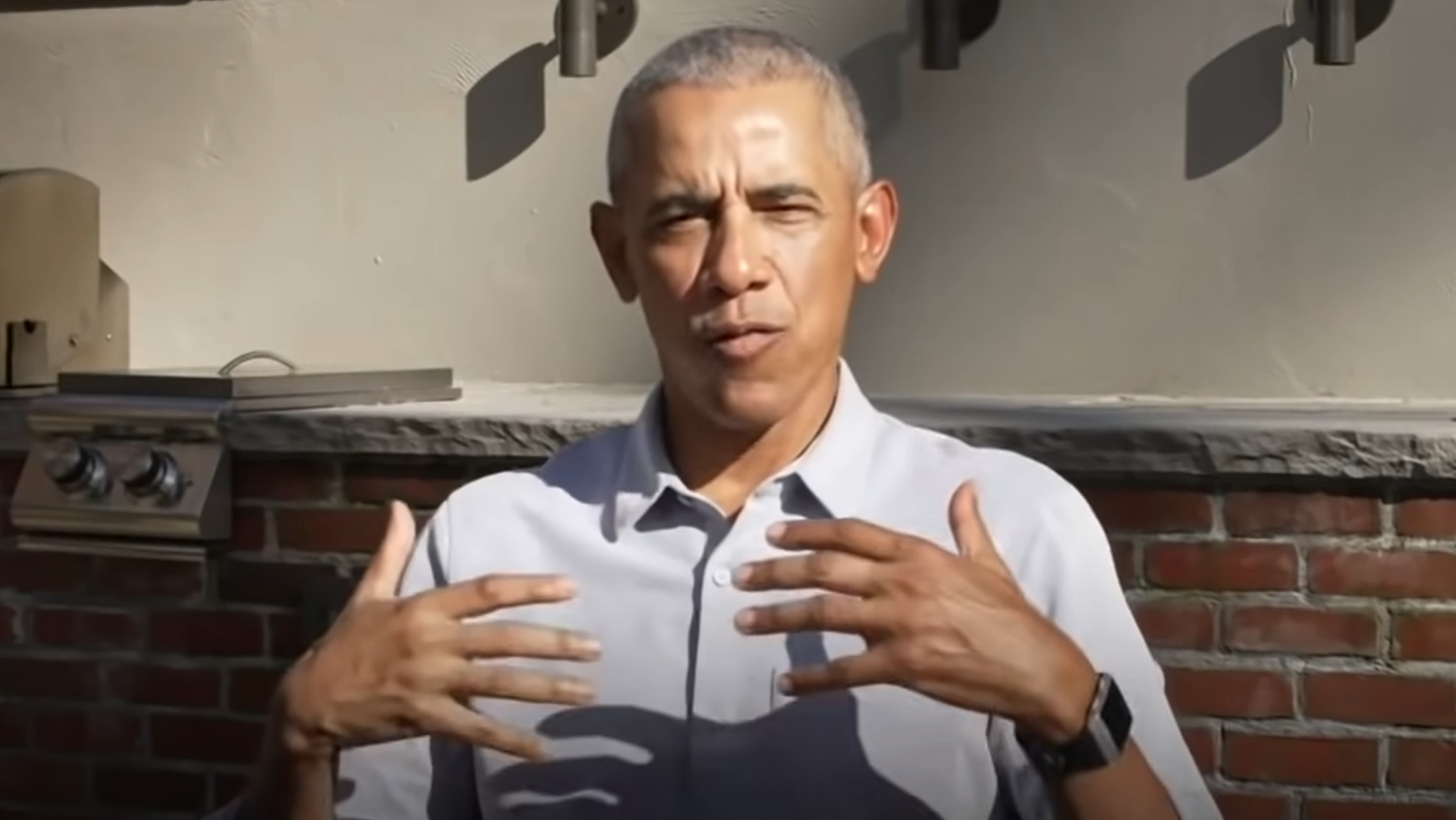Are your keyword blocklists accidentally damaging society?
Words can be incredibly powerful – and the words on your advertising block list are probably doing more harm than good. Here Channel Factory’s Chief Strategy Officer Phil Cowdell takes a look at how being unconsciously unconscious about it is no longer an option.
Would your business consciously block an online video of former US President Barack Obama in conversation about race and how to cure racism with a prominent athlete and youth icon?
Probably not.

And yet if you were to pull a list of brands which do advertise around this particular video, you’d probably find there aren’t many prominent ones. Why? Because there’s a massive problem at the heart of our systems at the moment, and no-one is really talking about it.

